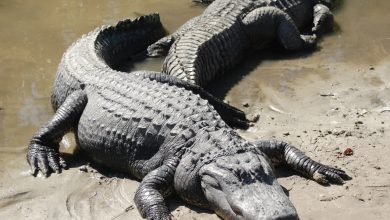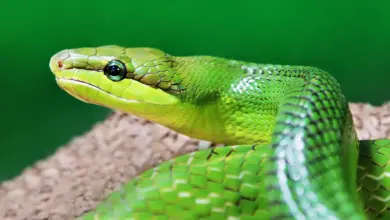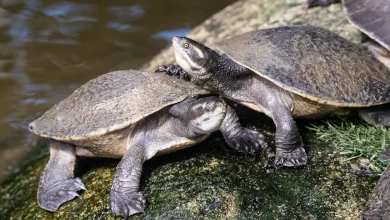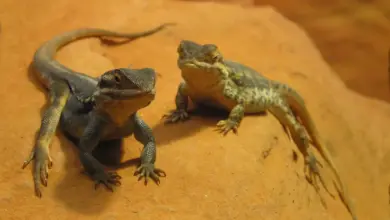What Eats A Chameleon?
What Eats A Chameleon? What Do Chameleons Eat?
Chameleons are a distinctive type of old-world lizard found in warm habitats across Africa, Southern Europe, and Southern Asia.
There are over 160 different species of chameleon occupying diverse ecosystems including tropical rainforests, arid deserts, open savannas, and temperate woodlands.
Chameleons are most well known for their remarkable ability to change color, unique independently rotating eyes, grasping zygodactylous feet, prehensile tails, and extraordinarily long sticky tongues used to capture insect prey.
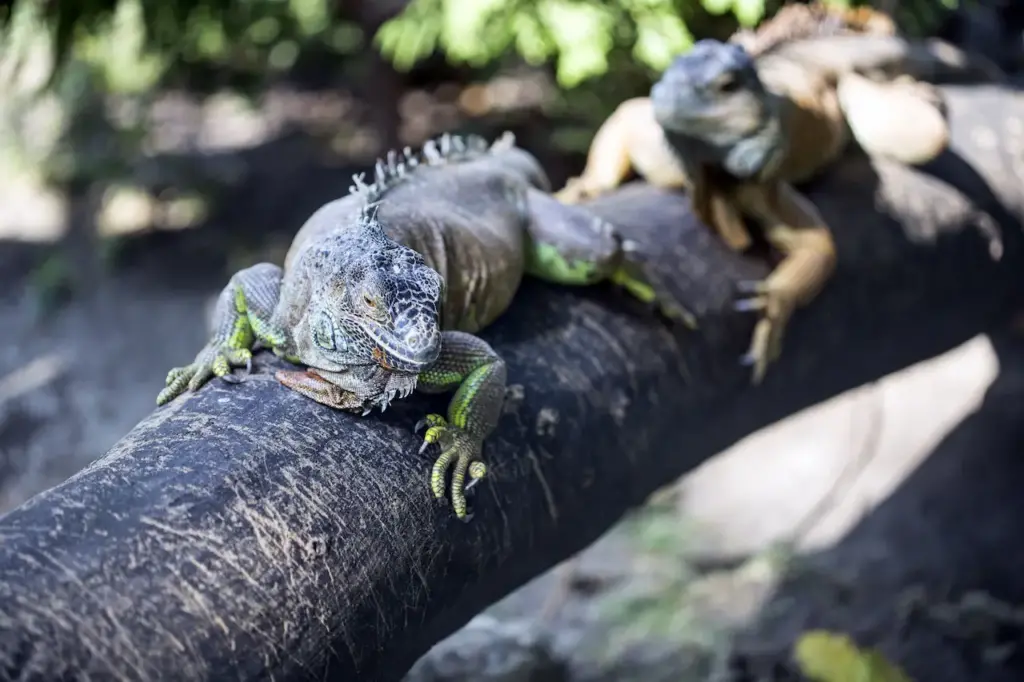
Their suite of specialized adaptations allows different chameleon species to thrive in a wide range of habitats. However, despite their cryptic nature, chameleons face predation pressures from a variety of reptiles, birds, and mammals that see them as potential food sources.
Chameleons must avoid becoming prey to survive and reproduce. Understanding what hunts and eats chameleons provides important insights into the complex ecological food webs, predator-prey dynamics, and community interactions in the habitats where chameleons live.
In this article, we will explore the diversity of chameleon predators including raptors, snakes, carnivorous mammals, fish, and more. It also examines the morphological defenses and anti-predator behaviors chameleons employ to avoid being eaten.
Birds of Prey
As a group, predatory birds likely prey on chameleons more than any other type of predator. Many raptor species have traits like keen eyesight, powerful talons, and flight speed adapted for spotting and swiftly capturing small lizards.
Birds of prey that actively hunt chameleons across their ranges include various eagles, hawks, kites, buzzards, and falcons. The crowned eagle is one of the most prolific chameleon predators.
These large rainforest eagles can detect camouflaged chameleons in the forest canopy from great heights. They use their razor-sharp vision and aerial agility to swiftly dive down and snatch chameleons with their large talons before the lizard knows what is happening.
Chameleons may comprise over 85% of the crowned eagle’s reptile diet. Smaller raptors like the black-shouldered kite patrol savanna and woodland habitats scanning for lizards and other prey while soaring.
If a kite spots a chameleon basking or moving slowly through vegetation, it will rapidly pounce down to grab the reptile with its talons and sharp beak. Chameleons form a minor but common supplemental prey item for many birds of prey.
Other Birds
In addition to dedicated raptors, some other opportunistic bird groups will readily feed on chameleons when they can catch them. This includes rollers, bee-eaters, hoopoes, hornbills, and other insectivorous and omnivorous birds that swallow chameleon prey whole.
The lilac-breasted roller frequently perches on branches and fences scanning for prey movement below. They use their thin but hooked bill to snatch up and consume any chameleon or small lizard prey they happen to notice while hunting.
Slim aerial flycatchers like the rainbow bee-eater grab unwary chameleons that stray too close in their pursuit of flying insect prey.
The large southern yellow-billed hornbill uses its massive conical bill to pick up and eat relatively slow-moving dwarf chameleons and other small reptiles while foraging in the forest understory.
Though not their primary food source, chameleons provide a convenient package of protein, fat, and calories for these opportunistic bird species.
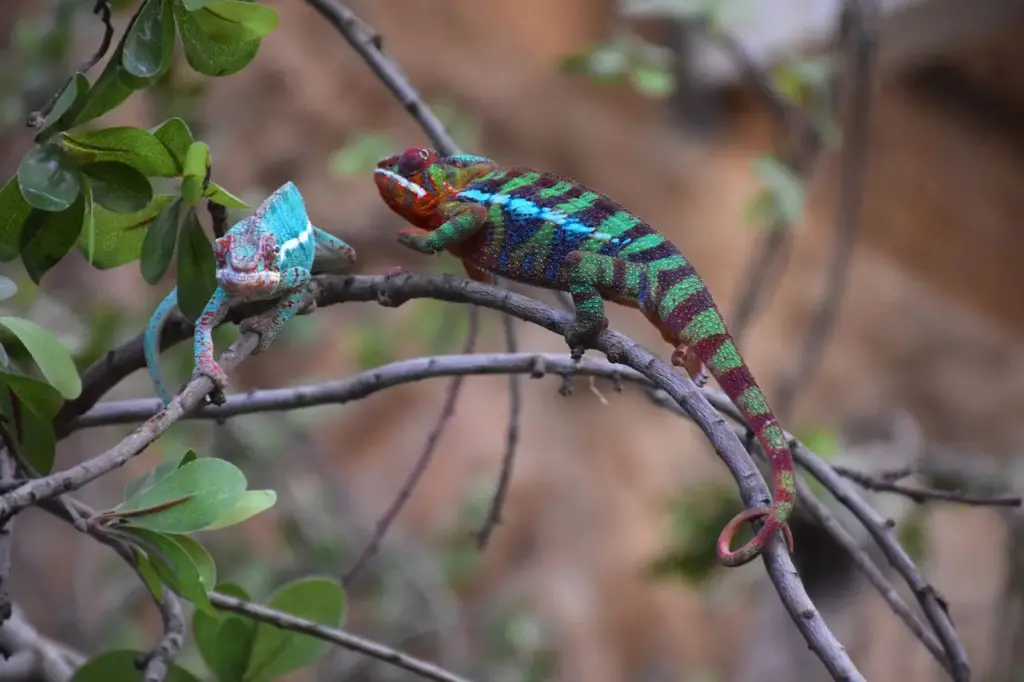
Mammals
A number of mammalian carnivores and omnivores also prey on chameleons when given the opportunity. Mammals that actively hunt chameleons include insectivores like bush babies, Tenrecs, and chameleons.
Bush babies are agile nocturnal hunters who search trees and vegetation for roosting chameleons at night, catching them with their quick reflexes. Tenrecs use their pointy snouts to root out chameleons taking refuge under leaf litter and debris.
Mongoose like the small Indian mongoose opportunistically hunt chameleons while foraging for reptiles, amphibians, rodents, insects, and other small prey.
Monkeys like vervet monkeys use their dexterous hands and forward-facing eyes to grab camouflaged chameleons in the trees and bushes.
Even herbivores like bushbuck will snack on a chameleon when encountered. For these mammals, chameleons provide a convenient package of protein, fat, and nutrients to supplement their diets.
Reptiles
As ectotherms related to chameleons on the reptile evolutionary tree, many snakes and lizards prey extensively on chameleons. Snakes like the African boomslang and vine snake have highly visible eyes and quick reflexes adapted specifically for hunting arboreal chameleon prey.
Large constrictors like African rock pythons and Southern African pythons will eat any chameleon they come across while foraging.
Monitor lizards are also adept chameleon predators, using their sharp claws, powerful jaws, and excellent sight to scale trees and capture unsuspecting chameleons. Nile monitor lizards in particular prey heavily on chameleons where they coexist.
Even huge crocodilians will eat chameleons that come to the water’s edge to drink and thermoregulate. For these reptilian predators, chameleons form a nutritious component of their prey diet.
Amphibians
Various amphibians also prey on small chameleons, especially younger ones and smaller species.
Large frog species like the African bullfrog and guttural toad sit at the water’s edge and use their expansive mouths and long sticky tongues to grab baby chameleons straying too close to shore.
Other frogs like the common toad wait along the banks to ambush young chameleons when they come to drink. Aquatic newts and salamanders will also snatch up tiny chameleons near water.
Chameleons must exercise great caution around waterways to avoid ending up as amphibian prey. For opportunistic frogs and salamanders, baby chameleons represent a readily available source of protein and fat.
Fish
Multiple fish species take advantage of young chameleons’ vulnerability near water to prey on them. Larger open-water fish like Nile perch, tigerfish, and catfish patrol shorelines looking for potential prey.
They use their large size and speed to overpower and swallow small chameleons venturing to the water’s edge. Bottom-dwelling fish like stonebassers rely on camouflage to suck in unsuspecting chameleon hatchlings from the margins.
Others like tilapia may group hunt for any young chameleons along the banks. For predatory fish, chameleons provide a soft, protein-rich supplementary meal. Chameleons must avoid spending time near waterways to stay off the fish dinner menu.
Defenses
Chameleons have evolved a suite of morphological adaptations and specialized behaviors over millions of years to avoid detection by predators and being eaten.
Their famous color-changing abilities provide concealment by blending in against vegetation and substrates, disguising them from visual predators like birds and mammals.
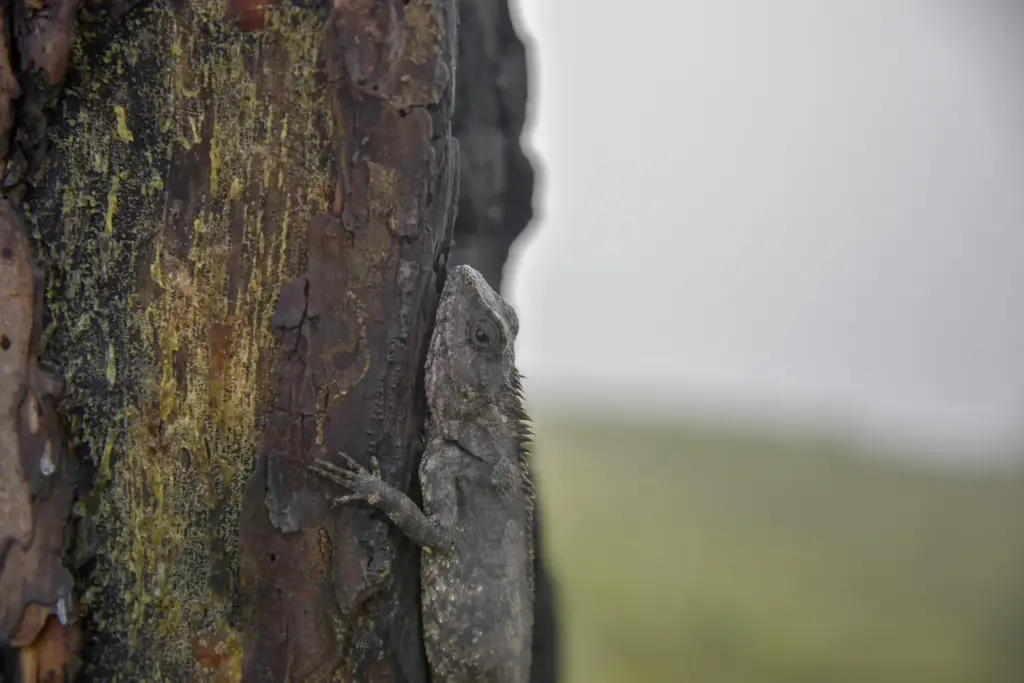
Most chameleons are also relatively small, which makes them less worthwhile as prey compared to larger lizards and other vertebrates. Chameleons tend to move slowly and stealthily, relying on crypsis to avoid threats rather than fleeing.
Their large, independently swiveling eyes give an exceptionally wide field of vision to detect predators early. Chameleons also spend the vast majority of time high up in trees and bushes, keeping safely out of reach from terrestrial predators.
Their zygodactylous feet and prehensile tails allow them to grip branches securely. By using their traits and behaviors to avoid detection, chameleons make themselves challenging prey for predators.
Conclusion
Chameleons face predation pressures from a diverse array of reptiles, birds, and mammals which they share habitats and ecological niches with. These predators have evolved strategies and adaptations to overcome chameleons’ camouflage and capture them.
In turn, chameleons utilize morphological and behavioral defenses to reduce their risks of being preyed upon.
Examining chameleon predator-prey dynamics sheds light on the complex food webs and strong evolutionary pressures shaping community assemblages in the ecosystems where chameleons live. This predator-prey arms race promotes biodiversity within habitats.

